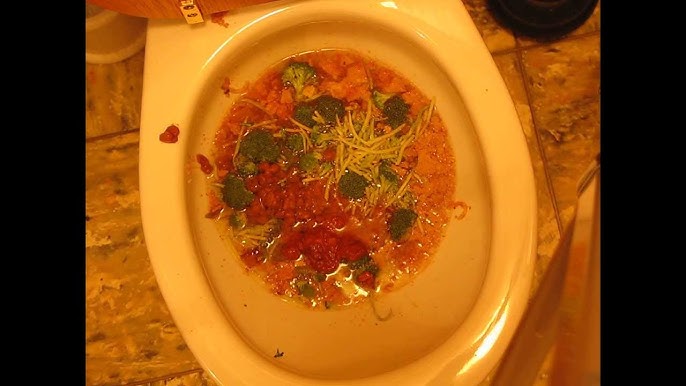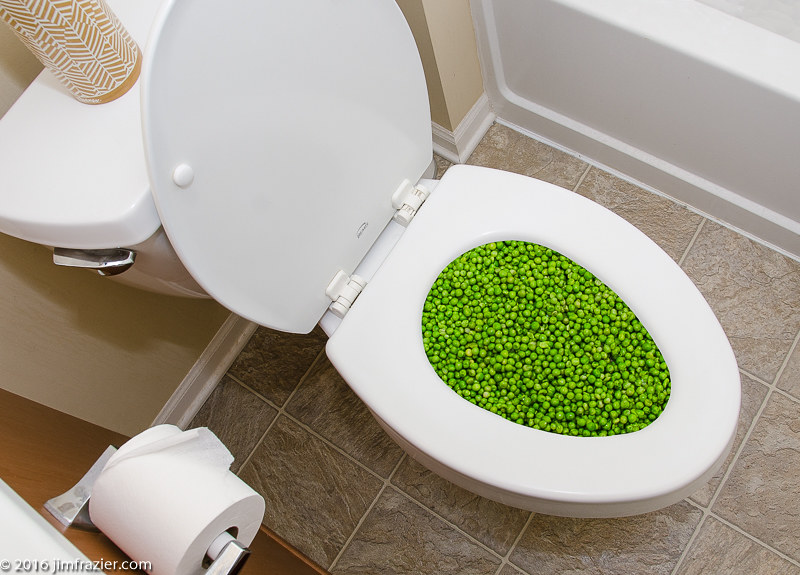Are You Capable to Dispose of Food in the Toilet?
Are You Capable to Dispose of Food in the Toilet?
Blog Article
Have you been trying to find advice involving Think Twice Before Flushing Food Down Your Toilet?

Intro
Many people are often confronted with the problem of what to do with food waste, particularly when it concerns leftovers or scraps. One typical inquiry that develops is whether it's all right to purge food down the toilet. In this write-up, we'll delve into the reasons that people could consider flushing food, the effects of doing so, and alternate techniques for appropriate disposal.
Reasons why individuals could consider flushing food
Lack of awareness
Some people may not be aware of the potential injury brought on by flushing food down the commode. They may erroneously think that it's a harmless technique.
Benefit
Flushing food down the toilet may feel like a fast and very easy solution to disposing of undesirable scraps, specifically when there's no nearby trash bin offered.
Idleness
In many cases, individuals may merely pick to flush food out of large negligence, without thinking about the consequences of their actions.
Effects of flushing food down the commode
Ecological influence
Food waste that ends up in rivers can contribute to pollution and injury aquatic communities. Additionally, the water made use of to flush food can stress water sources.
Pipes issues
Purging food can lead to clogged up pipes and drains pipes, triggering pricey plumbing repair services and inconveniences.
Sorts of food that should not be flushed
Fibrous foods
Foods with coarse appearances such as celery or corn husks can obtain tangled in pipes and trigger clogs.
Starchy foods
Starchy foods like pasta and rice can absorb water and swell, leading to obstructions in pipes.
Oils and fats
Greasy foods like bacon or cooking oils need to never ever be purged down the bathroom as they can strengthen and cause clogs.
Correct disposal approaches for food waste
Making use of a waste disposal unit
For homes furnished with garbage disposals, food scraps can be ground up and flushed through the pipes system. However, not all foods are suitable for disposal in this fashion.
Recycling
Certain food product packaging materials can be recycled, lowering waste and minimizing ecological impact.
Composting
Composting is an environmentally friendly way to throw away food waste. Organic products can be composted and utilized to improve soil for gardening.
The significance of proper waste management
Minimizing ecological damage
Proper waste administration practices, such as composting and recycling, aid lessen pollution and preserve natural deposits for future generations.
Shielding plumbing systems
By preventing the method of flushing food down the toilet, home owners can stop costly pipes fixings and preserve the integrity of their pipes systems.
Conclusion
To conclude, while it may be tempting to purge food down the toilet for comfort, it is necessary to understand the potential repercussions of this action. By taking on proper waste administration practices and dealing with food waste responsibly, people can add to much healthier plumbing systems and a cleaner atmosphere for all.
FLUSH FOOD DOWN THE TOILET?
FLUSHING FOOD CAN CAUSE BLOCKED DRAINS IN YOUR HOME
All of the plumbing fixtures in your home are connected to the same sewer pipe outside of your home. This outdoor sewer pipe is responsible for transporting all the wastewater from your home to the Council sewer mains. Even small pieces of food that go down the kitchen sink can cause problems for your sewer. It should therefore be obvious that flushing larger bits of food, such as meat, risks a clog in either the toilet itself or the sewer pipes. Flushing greasy food is even more problematic because oil coagulates when it cools, coating the interior lining of your pipes.
THE TOILET IS NOT A BIN
Food isn’t the only thing that people shouldn’t be flushing down the toilet. People use the toilet to dispose of all kinds of things such as tampons, makeup wipes, dental floss, kitty litter and even underwear. Water goes to great lengths to educate residents about the high costs and stress placed on wastewater treatment systems simply from people flushing the wrong stuff down the toilet. It costs taxpayers millions of dollars each year, and homeowners thousands in blocked drain repairs.
FLUSHING FOOD IS A WASTE OF WATER
Flushing food is a waste of our most precious resource - water. In June this year Level 1 water restrictions were introduced to protect water supply from drought conditions. Much of New South Wales continues to be affected by prolonged drought with recent figures revealing up to 97 per cent of the state remains in drought. Depending on whether you have a single or dual flush toilet, every single flush uses between five and 11 litres of water. In the current climate this is a huge amount of water to be wasting on flushing food that should be placed in the bin (or better yet, the compost).
https://www.jabplumbingsolutions.com.au/blog/can-you-flush-food-down-the-toilet

I was shown that article on Is it safe to flush food (especially rice) down the toilet? from an associate on our other web page. Sharing is caring. Helping others is fun. Thank you so much for taking the time to read it.
Contact Us Now Report this page